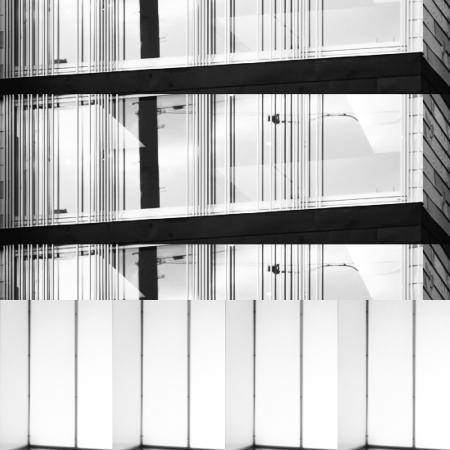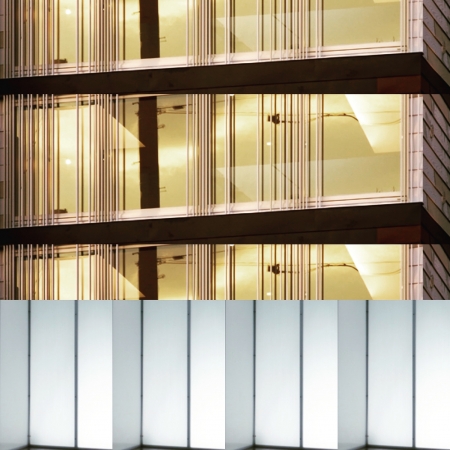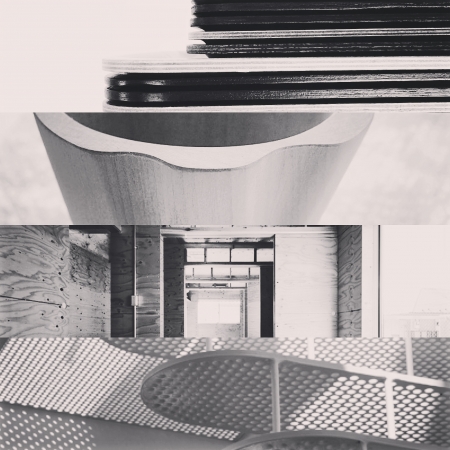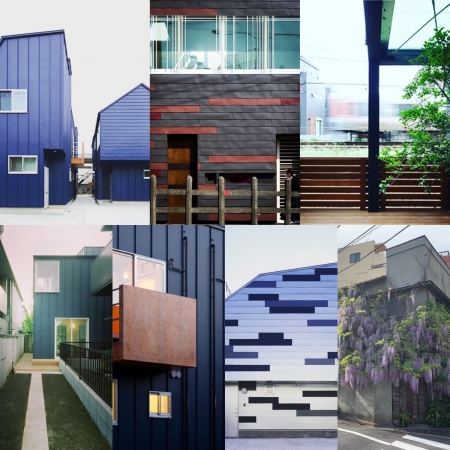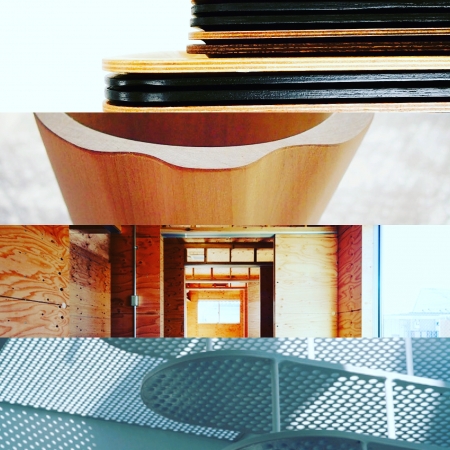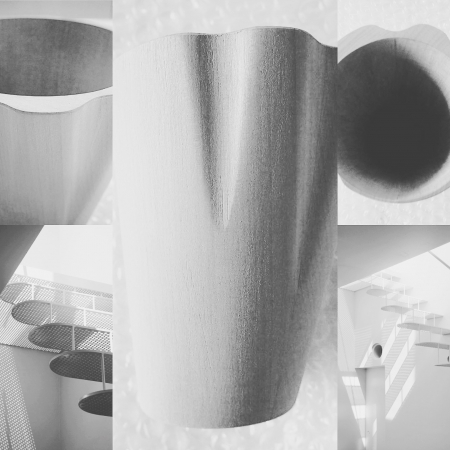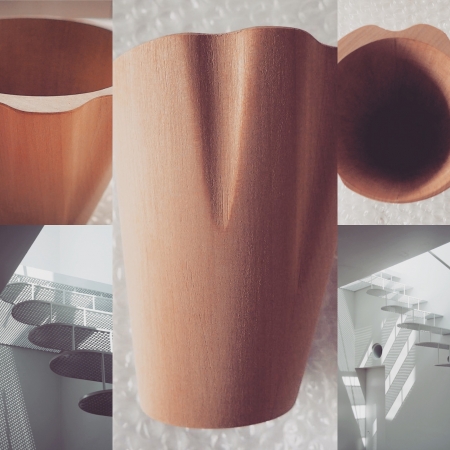窓は透明な壁
窓があるから建築だとわかる。窓が無ければ単なる建造物で人の存在もない。窓は人を表す。普通は窓によって人のアクティビティが想像でき、暮らしが垣間見える。だから、窓は人を表し、尚且つ、暮らしを表す。ところがデザインをする上では窓の存在を消したい。もっと正確に言うと、窓枠の存在を消し、壁に穴を開けたような感じを消し、窓と壁の境目を無くして窓は透明な壁として扱い、窓が持つ特別感を消したい。その時建築は暮らしから自由になれるような気がする。
"A window is a transparent wall"
You can tell it's architecture because it has windows. If there are no windows, it is just a building and there is no human existence. Windows represent people. Normally, people's activities can be imagined through windows, and people's lives can be glimpsed. Therefore, windows represent people, and they also represent lives. However, when designing, I want to eliminate the existence of windows. More precisely, I want to eliminate the presence of the window frame, eliminate the feeling of opening a hole in the wall, eliminate the border between the window and the wall, treat the window as a transparent wall, and eliminate the special feeling that the window has. At that time, I feel that architecture can be free from life.

